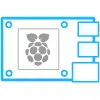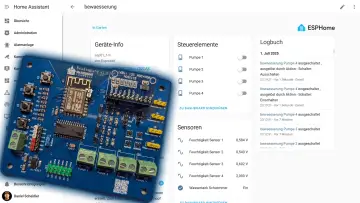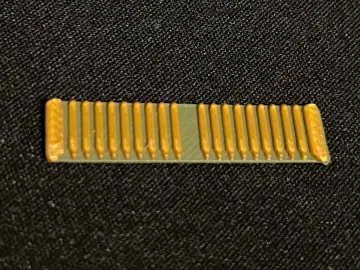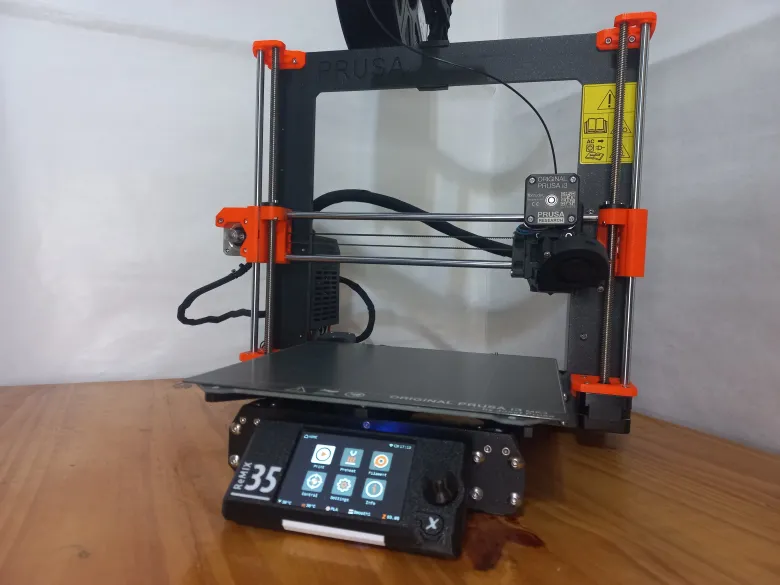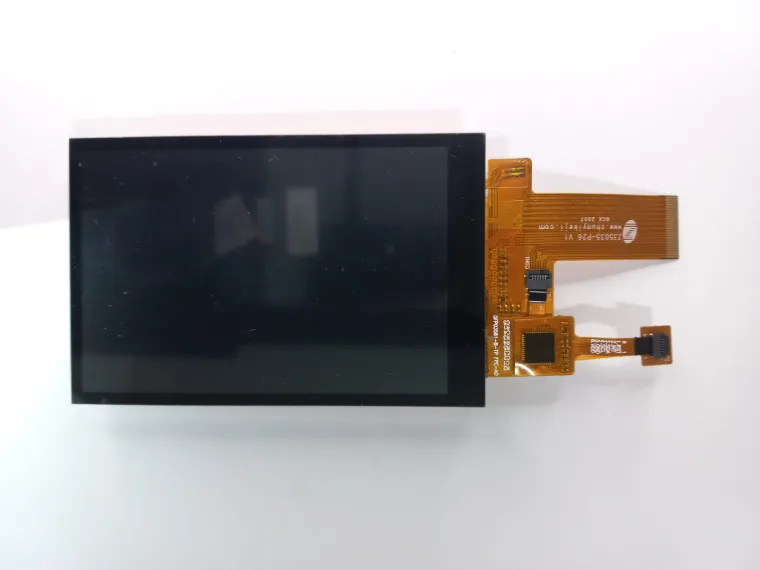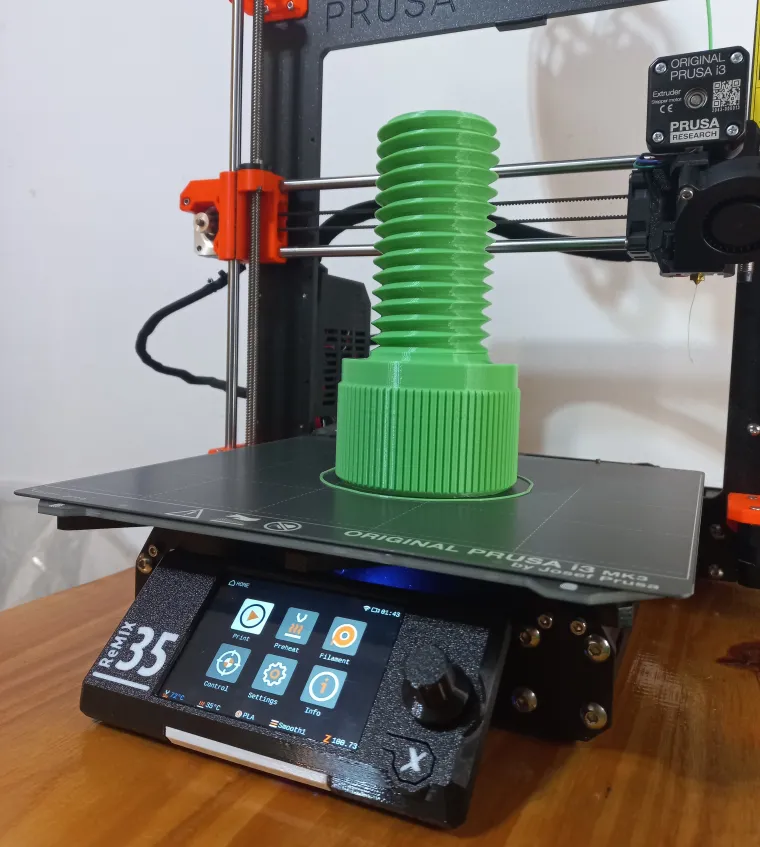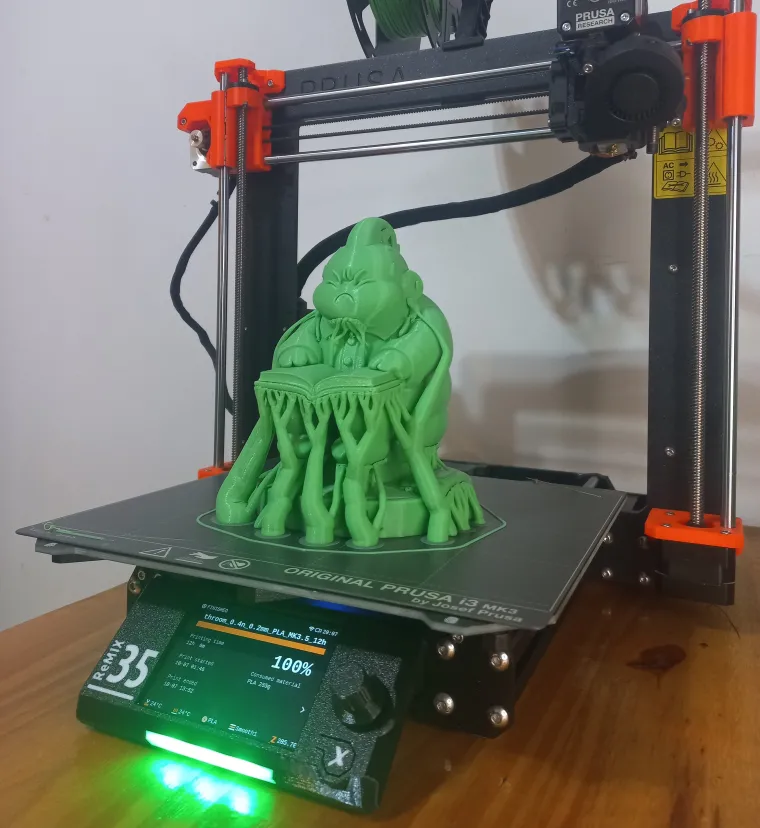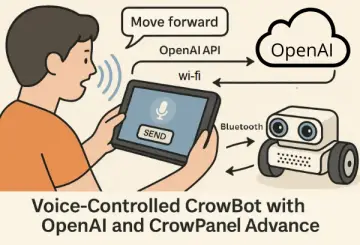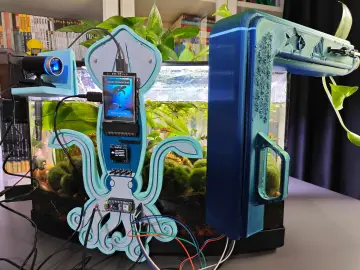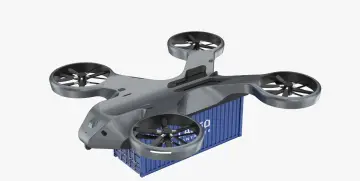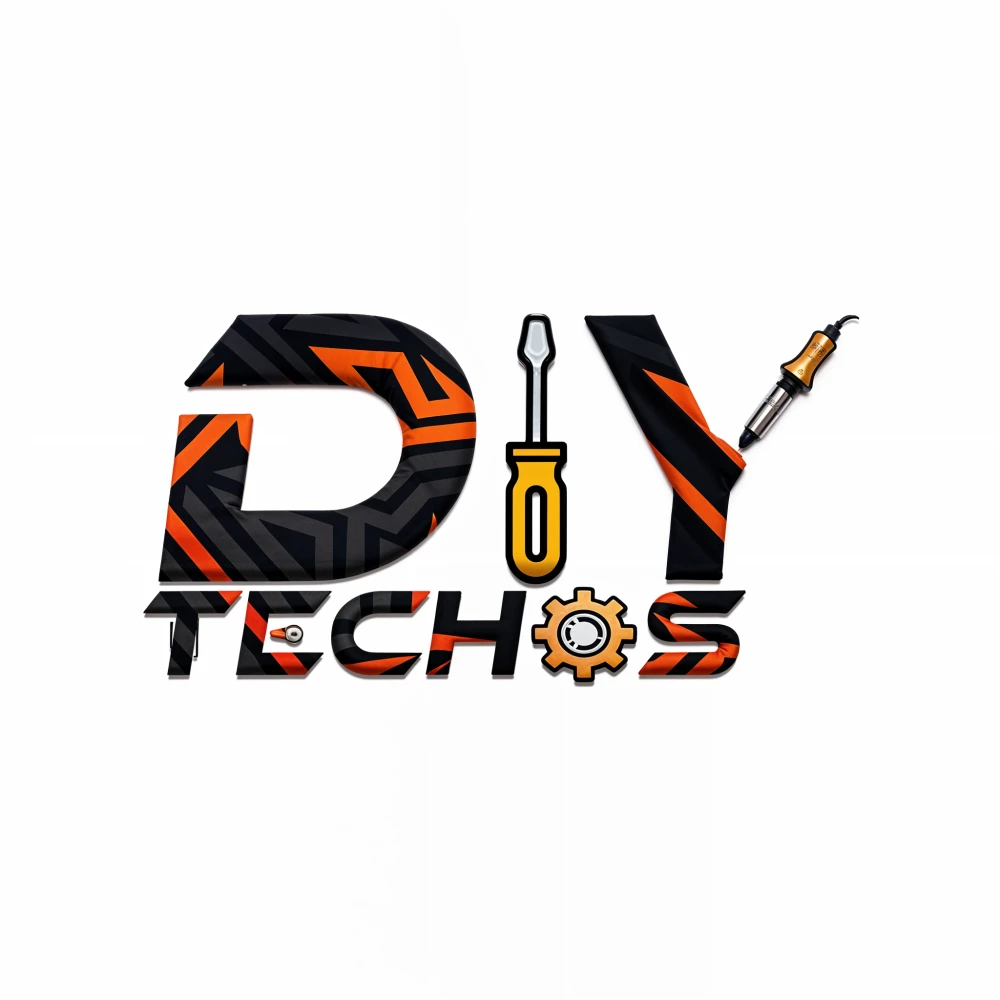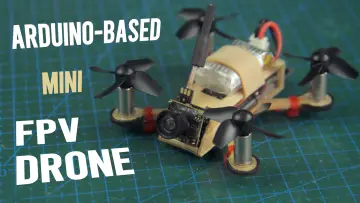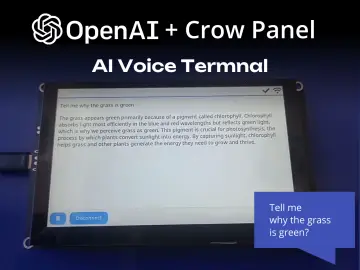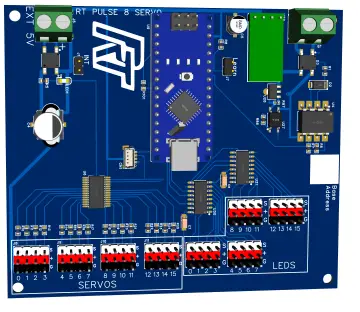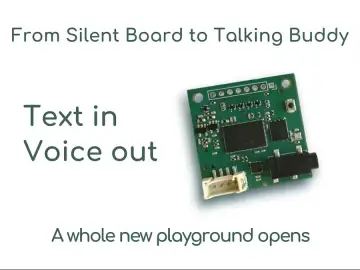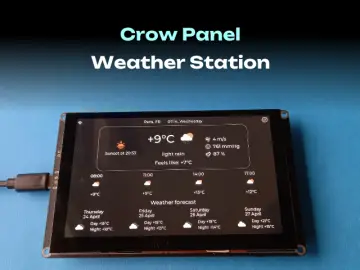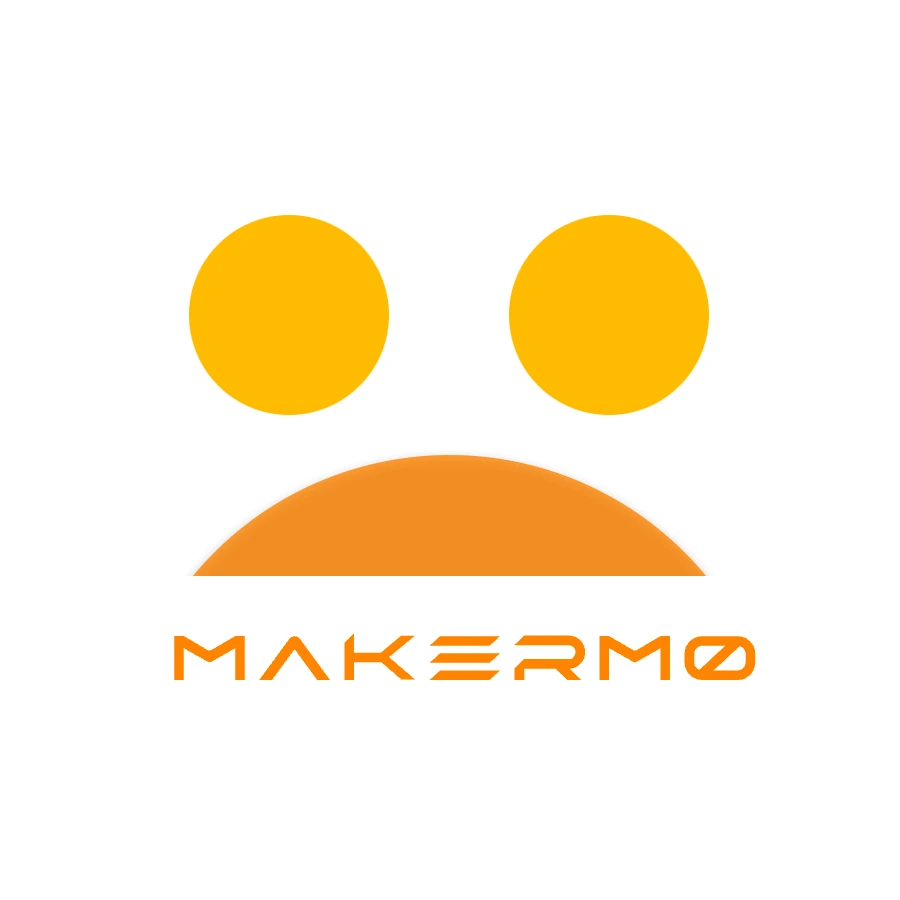Story
Roughly a year ago, while assembling several Prusa MK3.5 upgrade kits, we experienced firsthand the complexity of the installation process — managing cables, electronics, the display, and the extruder in a tight space. Even for experienced users, it demanded precision, patience, and an understanding of every subsystem. As similar stories began surfacing across online maker communities, we became curious about why the upgrade was so demanding.
That curiosity led us to study the Prusa design in depth and begin a reverse-engineering effort aimed not at copying, but at understanding. What emerged from that exploration was the foundation of ReMIX35 — a new interpretation of the MK3.5 electronics that preserves full performance while striving to make the hardware more accessible, transparent, and easier to understand.
1. Introduction
ReMIX35 is an open hardware reinterpretation of the Prusa MK3.5 mainboard — a 32-bit upgrade designed to maintain full compatibility with the MK3S/+ ecosystem while embracing transparency and community-driven engineering.
The project began as a reverse-engineering study of the Prusa MK3S+ and MK4 electronics, using publicly available documentation, an Einsy RAMBo board, a xBuddy reference unit, and thousands of hours of work. What started as an exploration soon evolved into a complete hardware redesign that bridges two generations of Prusa architecture.
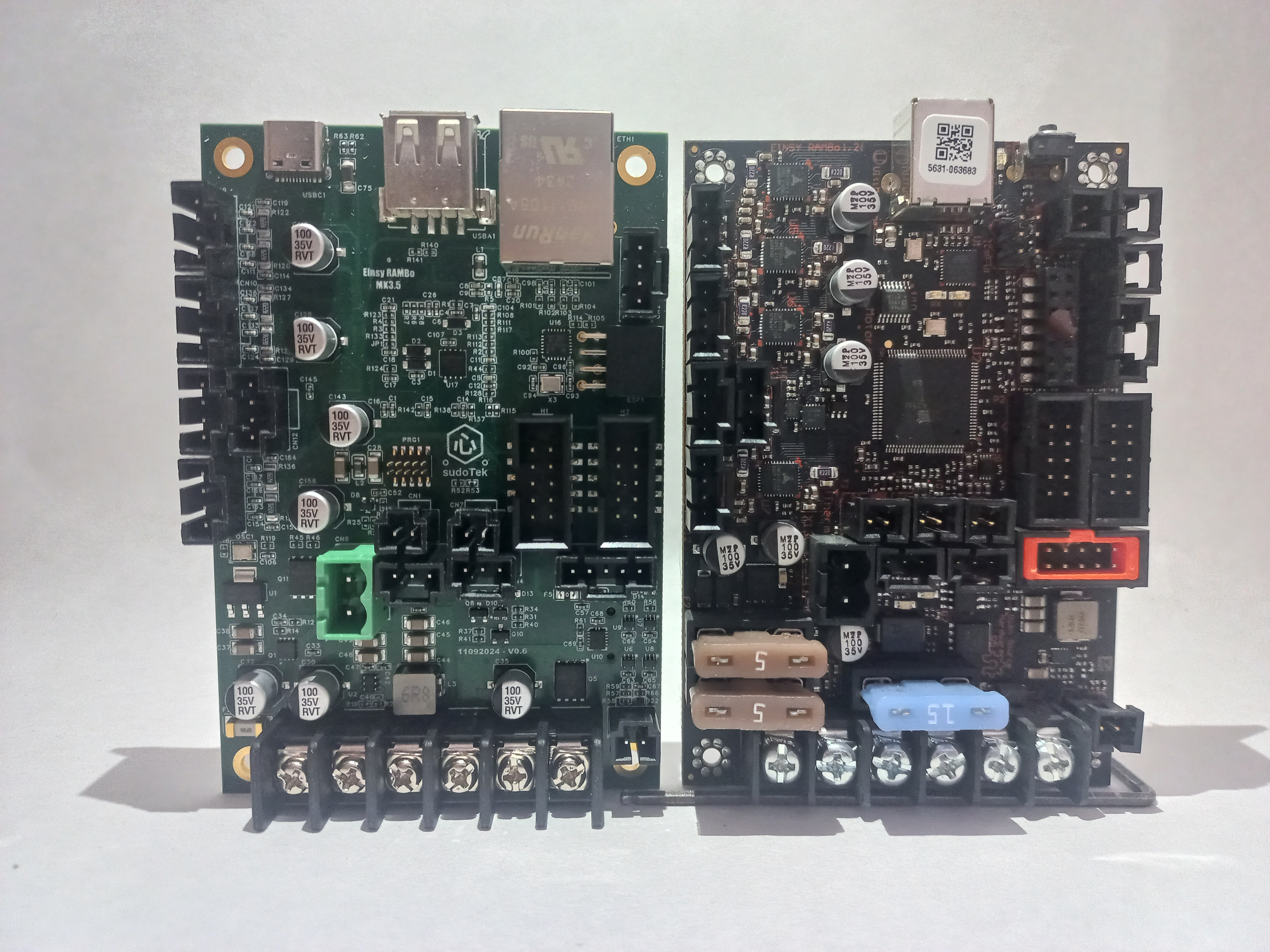
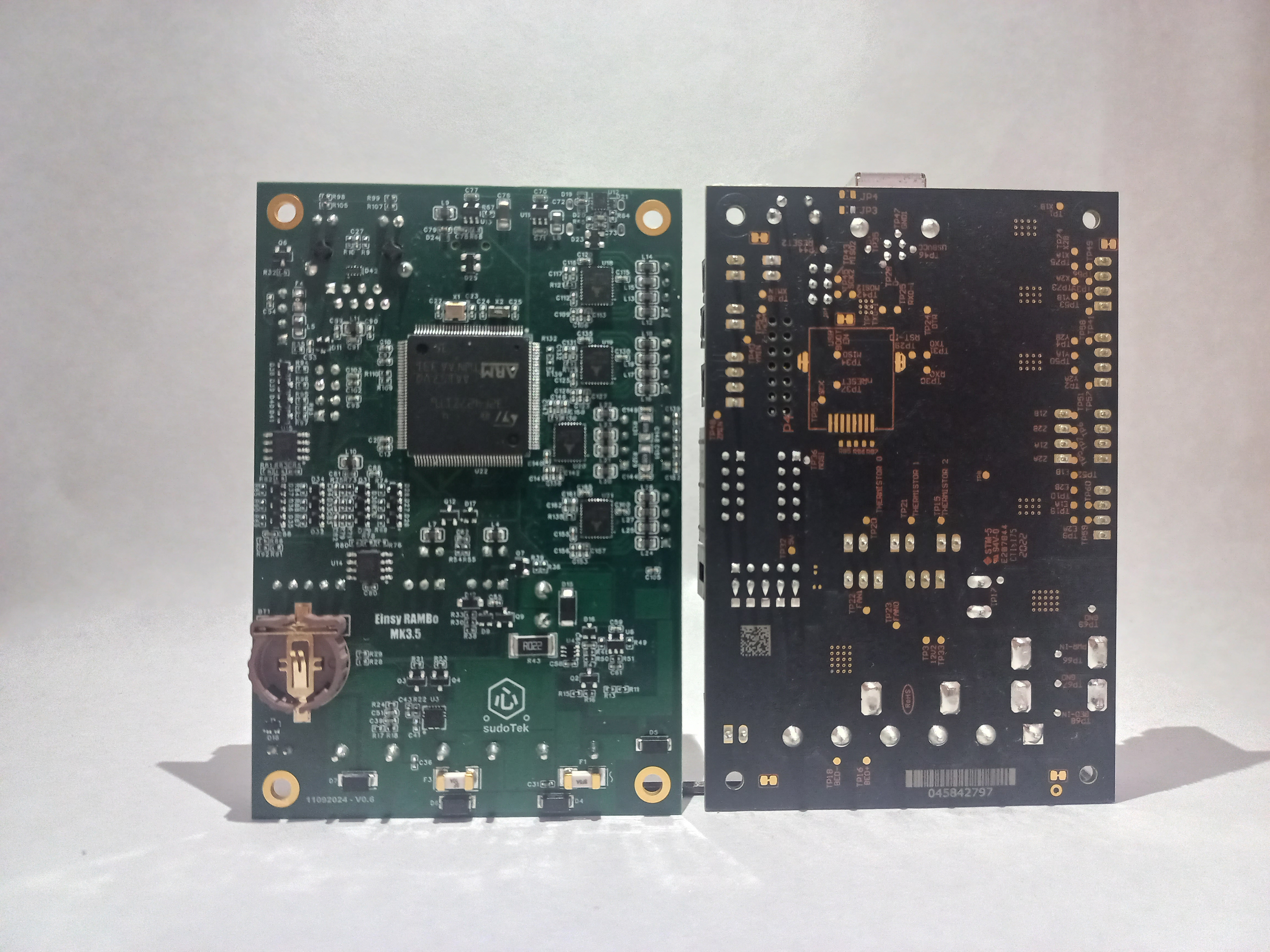
2. Design & Engineering
The core of ReMIX35 is built around the STM32F427ZIT6, a high-performance 32-bit MCU that ensures binary compatibility with the original Prusa firmware.
For motion control, the board uses TMC2130-LA-T drivers from Analog Devices, providing smooth, silent motion and precise current management — essential for reproducing the behavior expected by the stock firmware.
The project follows open-hardware principles, focusing on readability, reproducibility, and documentation rather than proprietary constraints.
One of the biggest engineering challenges was adapting the xBuddy board’s form factor to the Einsy RAMBo layout. Achieving mechanical compatibility while maintaining signal integrity required a full schematic reinterpretation and new routing strategies. Each subsystem — from power delivery to stepper drivers — was analyzed, understood, and rebuilt in the context of the STM32 architecture.
3. Firmware & Compatibility
ReMIX35 is compatible with the official Prusa MK3.5 firmware, maintaining all expected behavior, calibration logic, and communication protocols.
However, users can also experiment with community-developed firmware (CFW), making the board an open platform for exploration and learning.
This duality — full stock compatibility with the freedom to modify — is at the heart of ReMIX35’s open-source philosophy.
4. Testing & Validation
ReMIX35 has undergone dozens of tests and hundreds of cumulative hours of operation, both in laboratory and real-printer environments.
The validation process included — but was not limited to — continuity and signal integrity checks, thermal and load analysis, extended runtime endurance, and field testing on both original Prusa MK3S+ units and community-built clones.
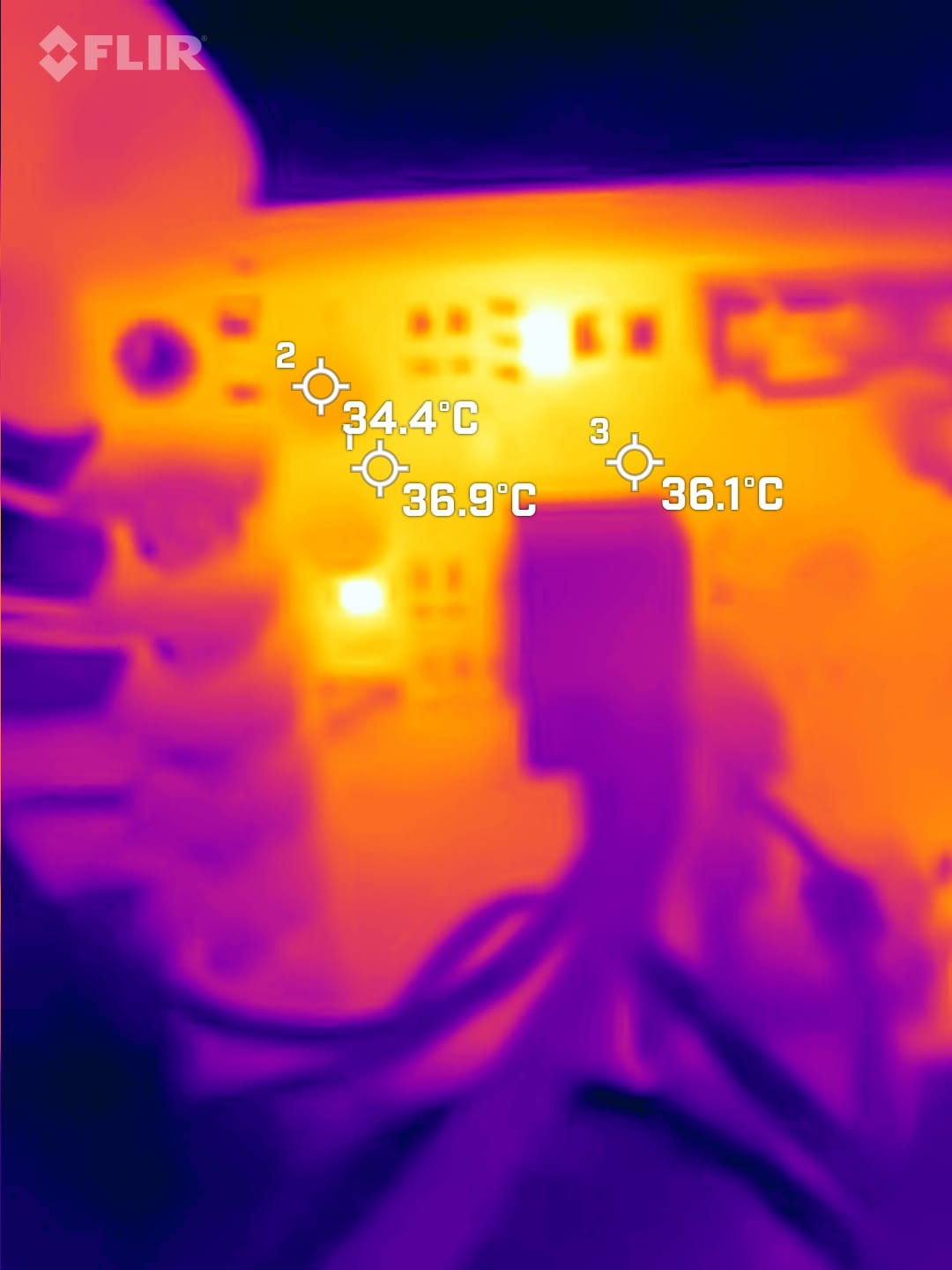

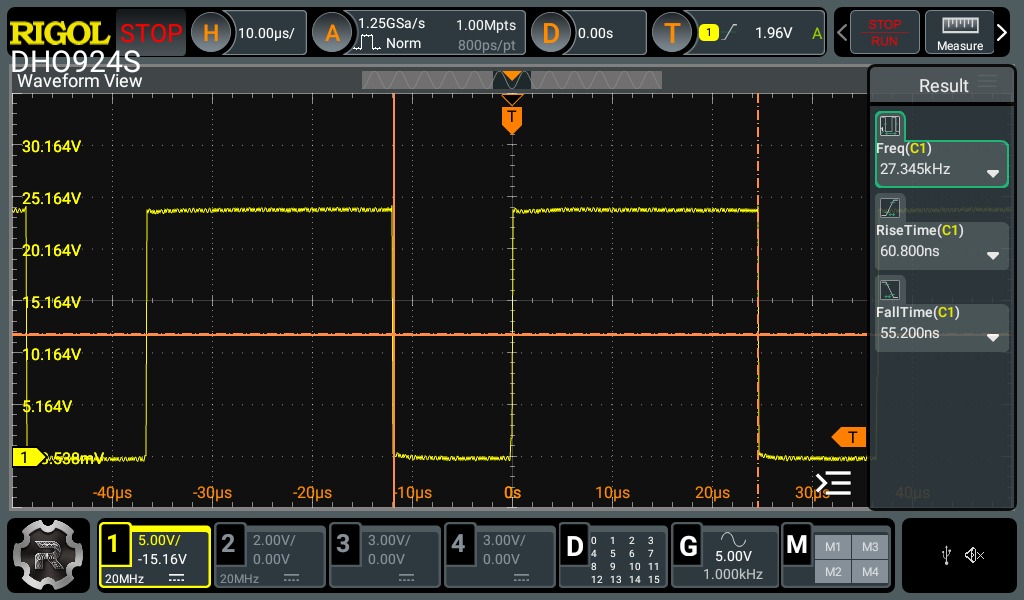
This long and iterative testing cycle allowed the team to fine-tune electrical parameters, confirm full firmware compatibility, and ensure that the board performs reliably across different hardware configurations.
5. Open Hardware Commitment
ReMIX35 is released under the GNU GPL v2.0, ensuring that both its design files and firmware remain open, modifiable, and shareable.
Every iteration aims to contribute not only to a better upgrade path for the MK3S/+ but also to the collective knowledge of the open-hardware community.
6. Follow the Project
ReMIX35 is currently in Pre-Launch on Crowd Supply. Join the mailing list to get early updates, learn about release plans, and support the project’s open-hardware mission.
Visit the Crowd Supply Pre-Launch Page
You can also follow the project’s progress and behind-the-scenes updates on:
Together, these platforms document the ongoing engineering journey — from design and testing to community collaboration.





